|
Or how to get your work in a national museum 2. Leave it hanging around, then maybe it gets buried in the ground, dug up hundreds of years later and put in a museum. The object doesn’t have to be especially important, just historically interesting. That is one of the elements that attracts to archaeology. Much of what is found is artistically interesting or attractive, but much is mundane but the information it provides about the people and the time it came from are the thing. These things like broaches or needles from people’s everyday lives, years later become historically interesting and important and end up in museums. This is one of the reasons I went to the archaeology of cross rail exhibition at the London Docklands Museum. The other reason was that in 2015 I was involved in the dig. I spent a very interesting day in the warm sunshine, in the grounds of the Chaterhouse, digging away with a small trowel in a trench. I dug up many things, lots of animal bones and oyster shells, pottery, tiles and also parts of a human skull. I can show you no photos of the event as we were not allowed to take any but it was a very interesting and enjoyable day. There is an annual archaeological festival where you can often get involved in such things. It’s how I got involved in this and I highly recommend it. The general docklands museum deals with, as one might expect, the history of the London docks so has much in the way of shipping, trading and similar things, including the odd interesting painting. I only scampered round it quickly before heading to the ground floor to the free Crossrail exhibition. It is on until September. It shows finds from a number of different places around London and different periods. From prior to the Roman occupation on-wards. It includes things like coins and needles, a skeleton of a horse. It includes the skeletons of people, killed by the black death in the middle ages and dug up from plague pits even going back as far as flint tools. It is quite a sobering thought to think that you might end up in a museum for a similar reason, or these are perhaps your direct ancestors on display. The exhibition reminded me that of an idea I have had for a number of years now of a fake archaeological or museum display as art, and my recent chagrin to find that Damien Hurst has got there first. Anyway inspired by all this, and by the recent Roschenberg exhibition, I decided to create a still life out of some found objects. I went for random crap in my house and the selection ended up being a cactus in a pot, a piece of guttering attachment, a pen and a draw string bag. Thus arranged they were then painted. My strategy with most painting is to cover the canvas with paint as quickly as possible and get the main structure of the painting in as quickly as possible. This is what I have done in the painting below left, and this took one sitting of about two hours. This allows me to see the relationships between things on the canvas and make choices of how to change things and what to keep from the original painting. In the first painting the oval of the pot is not wide enough so I extended this in the second painting (below right). Then just add more paint, to well to everything, texture to the table top and shadow and detail on all of the pieces. Progress seems to slow down at this point and I spend much more time looking at the painting and the objects. The final session is adding detail, such as the patina on the pot, more shadow effects on everything and sharpening the objects, particularly the piece of guttering. The main focus of this stage is building up the contrast, in terms of colour and texture between the different objects. After a total of about 8 hours the result is below. It has ended up being quite religious in feel, not something I intended when I set out.
A very satisfying experience. Incidentally I will be having an exhibition on 19th August at the Gallery behind Stoke Newington Library. More detail to follow.
0 Comments
Leave a Reply. |
Archives
June 2024
Categories |
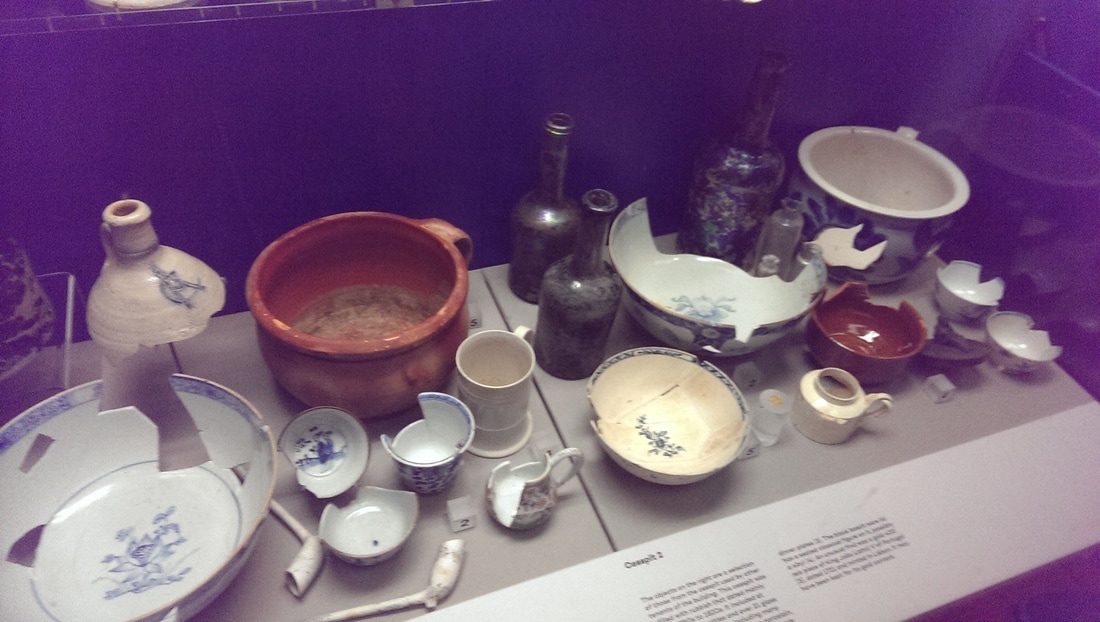
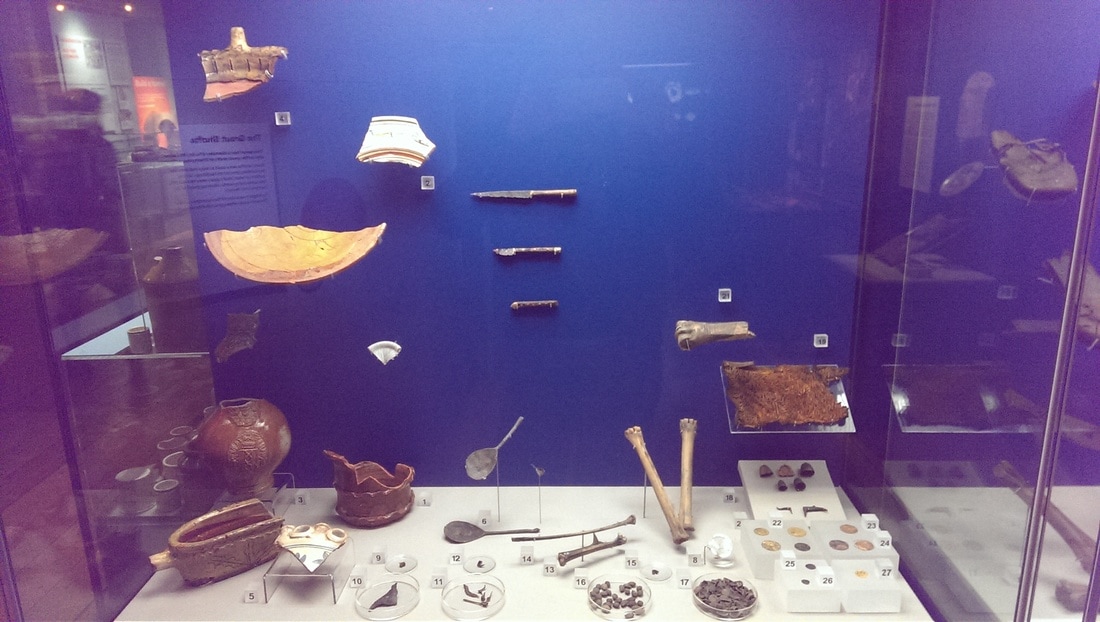
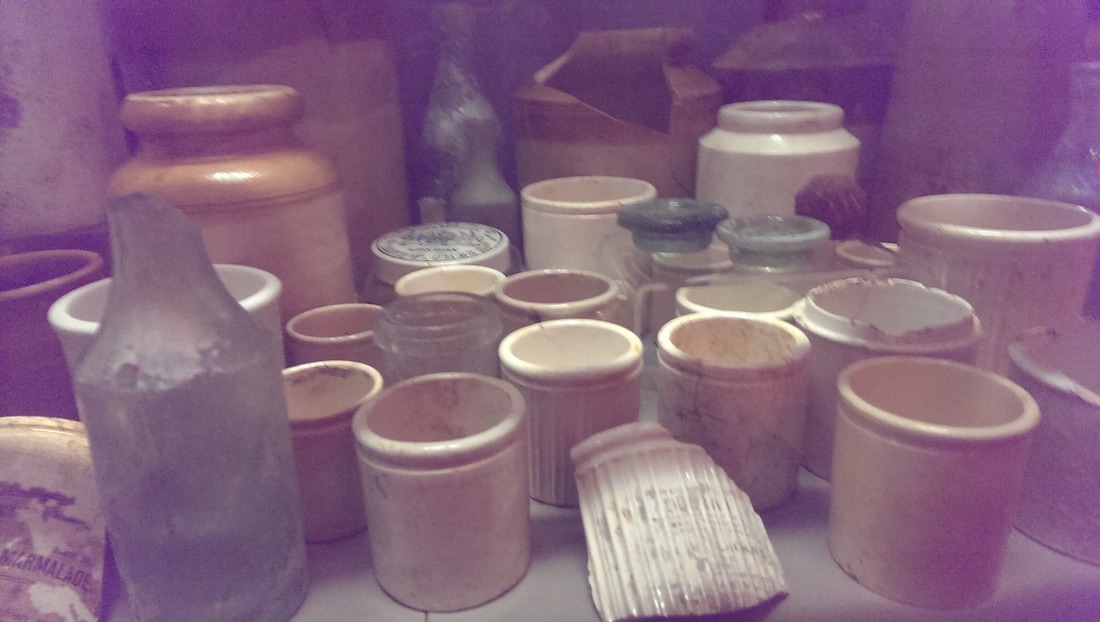
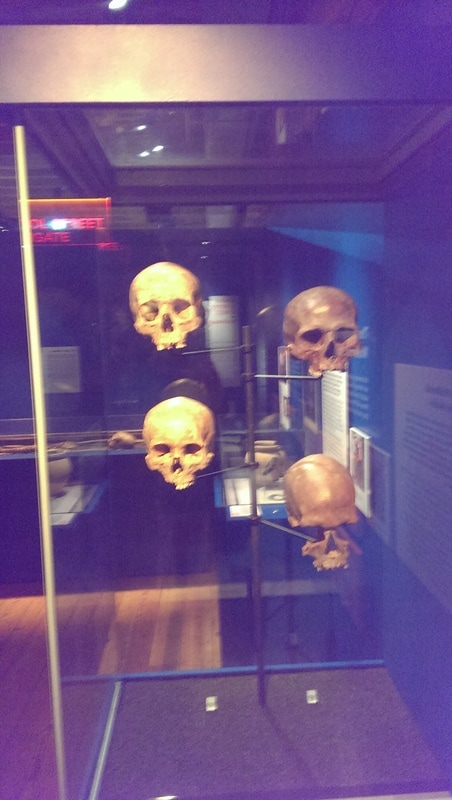
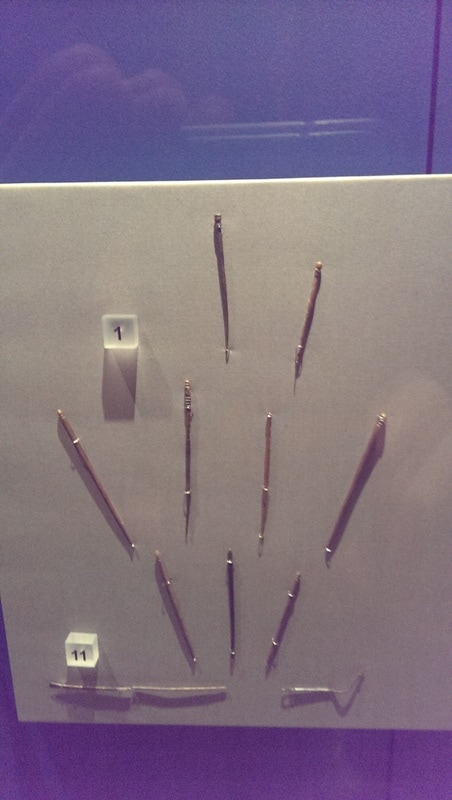
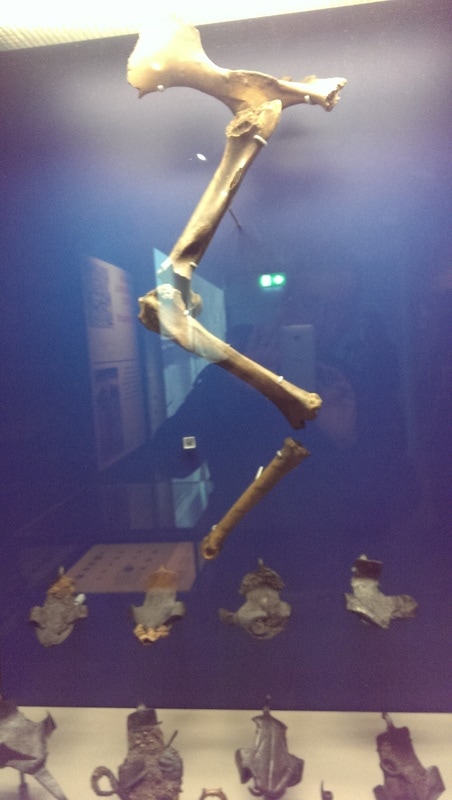
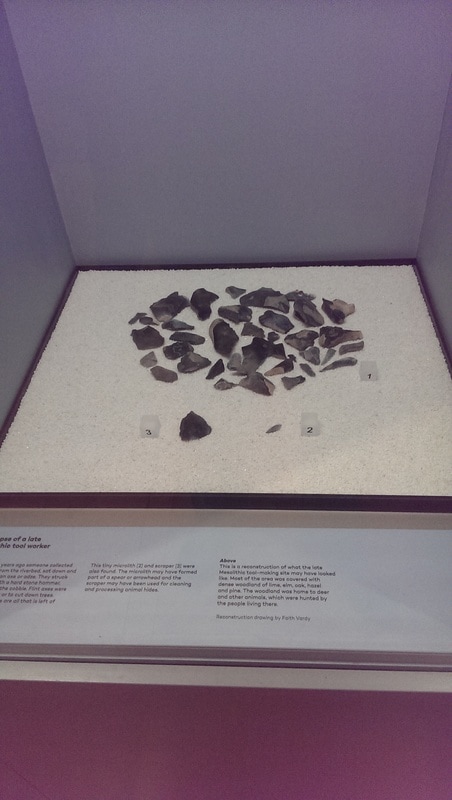
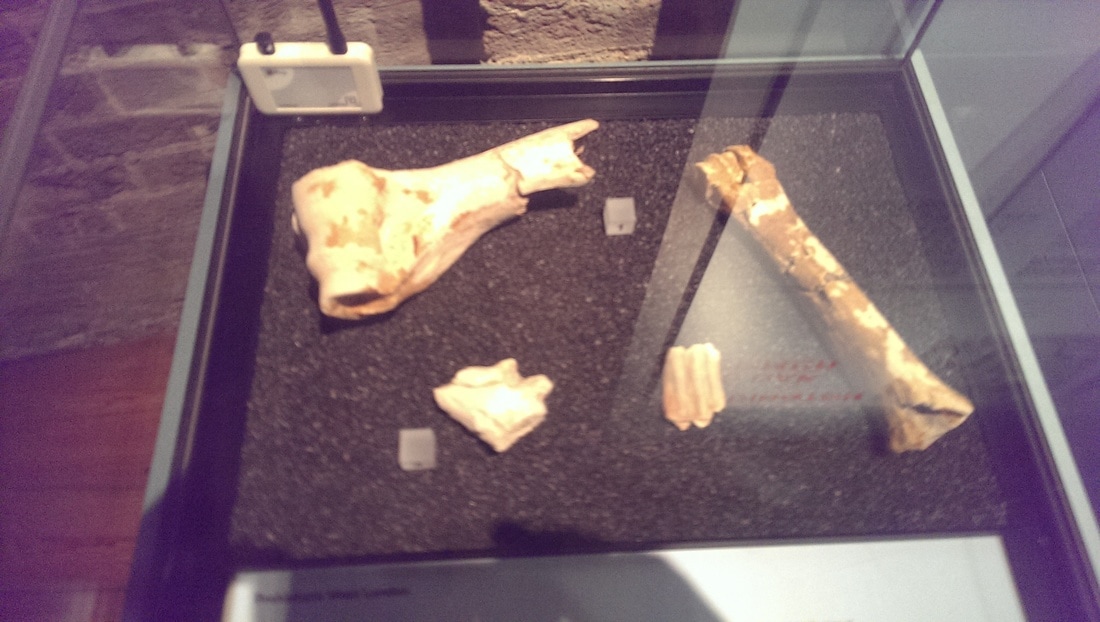
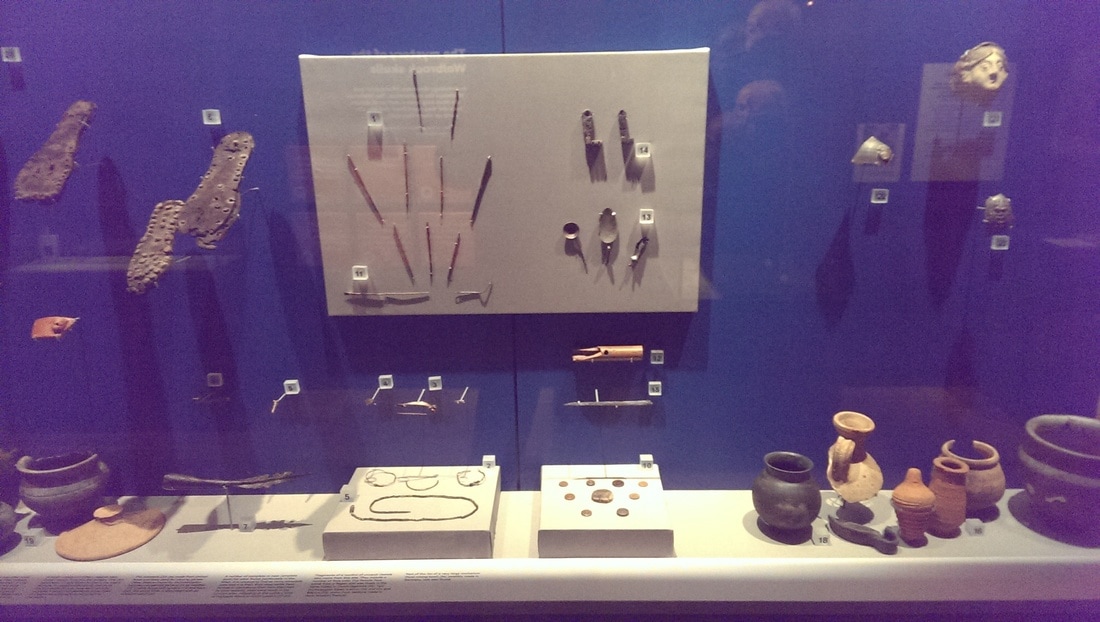
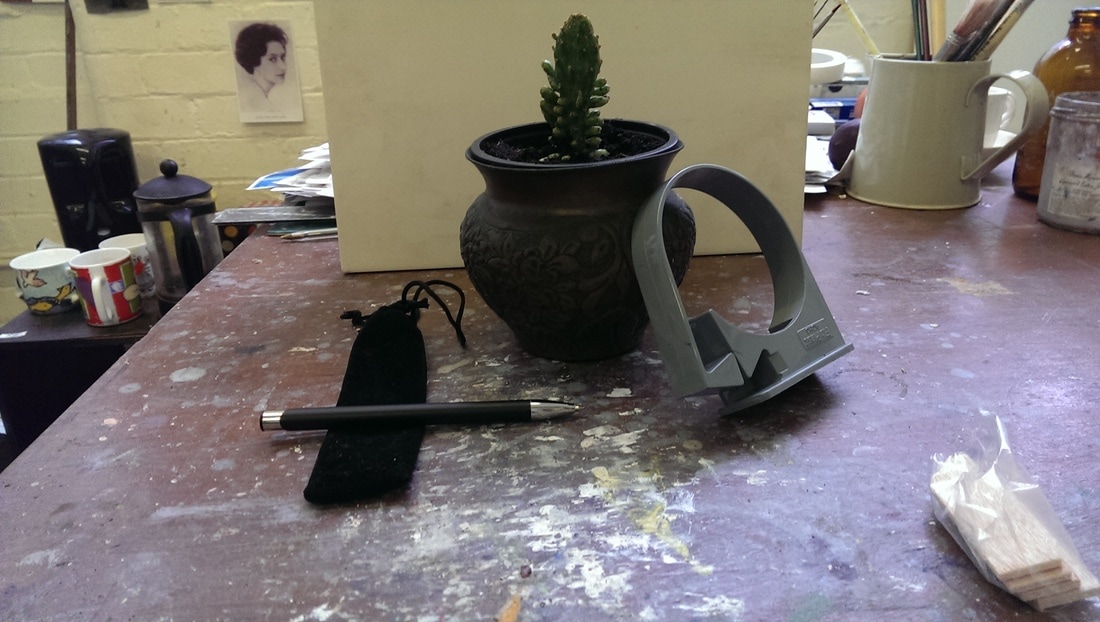
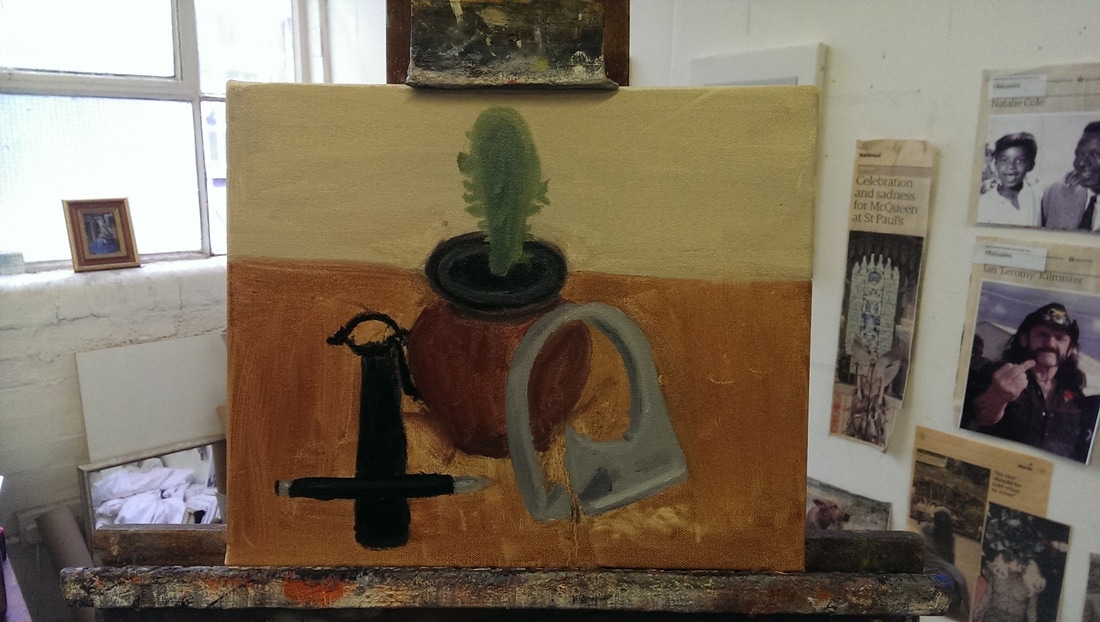
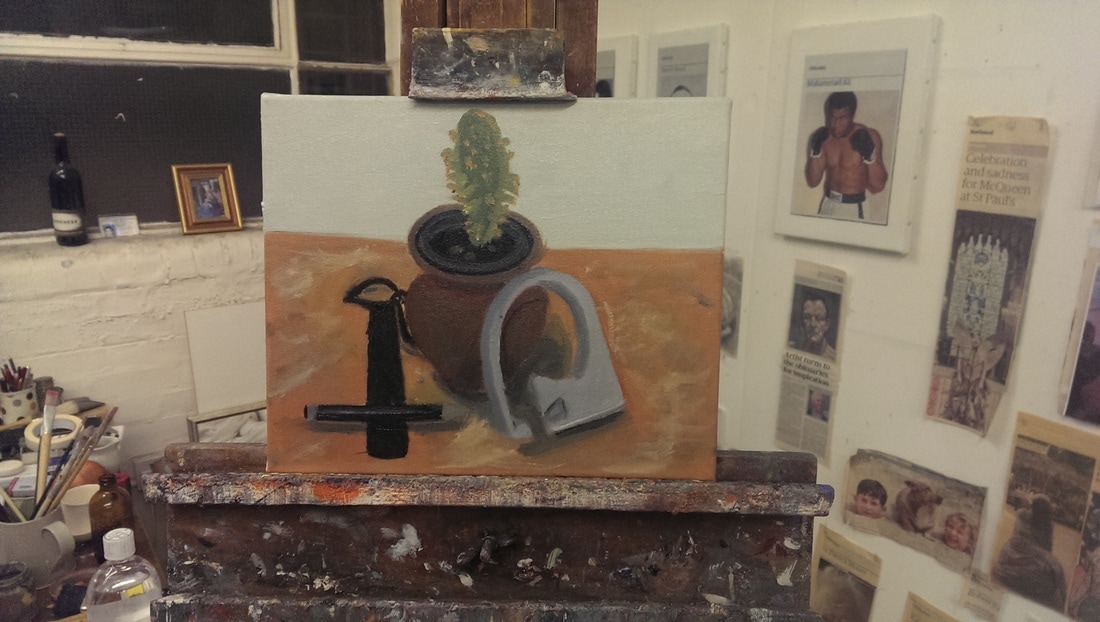
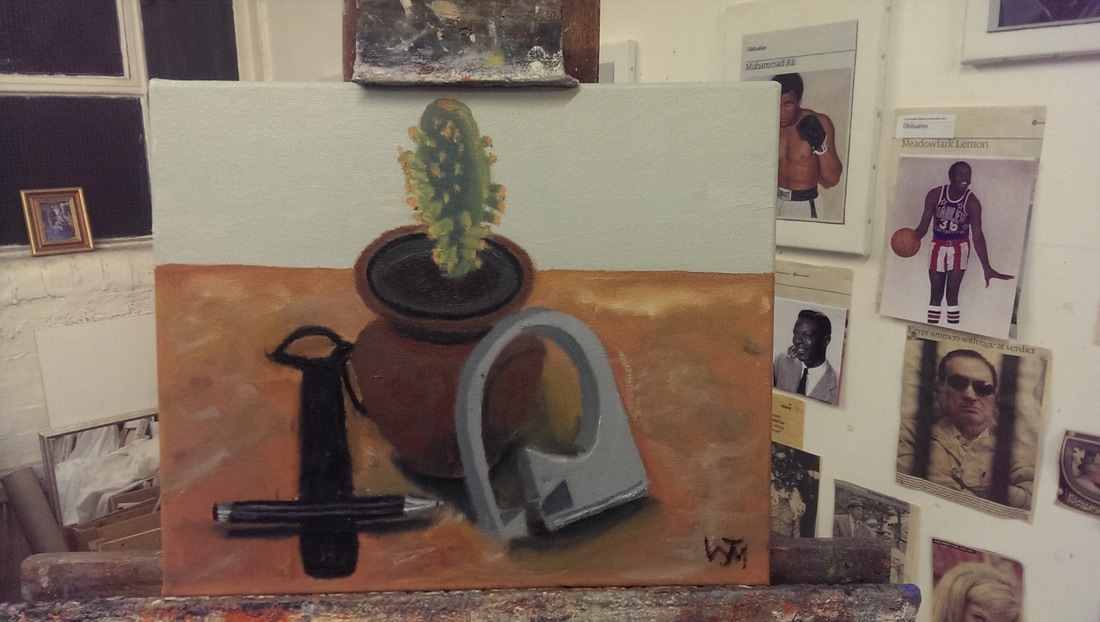
 RSS Feed
RSS Feed